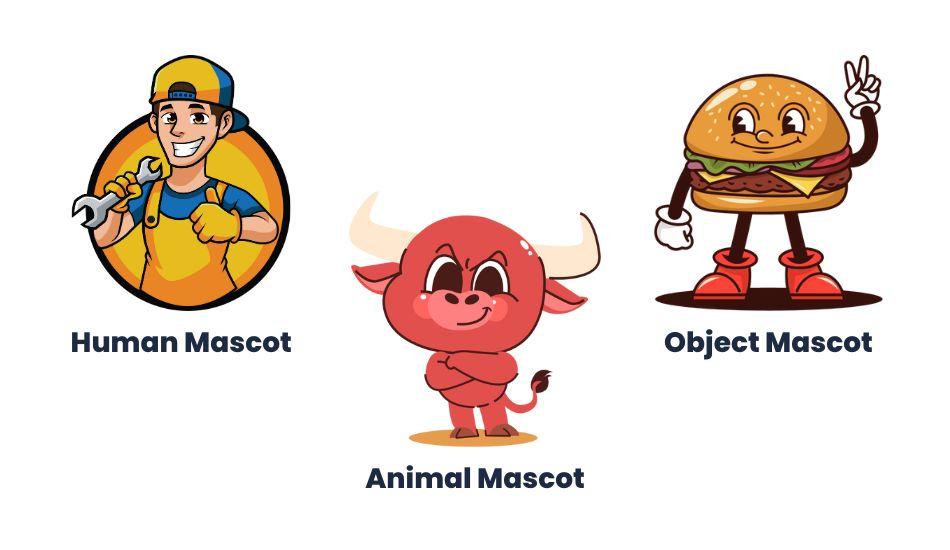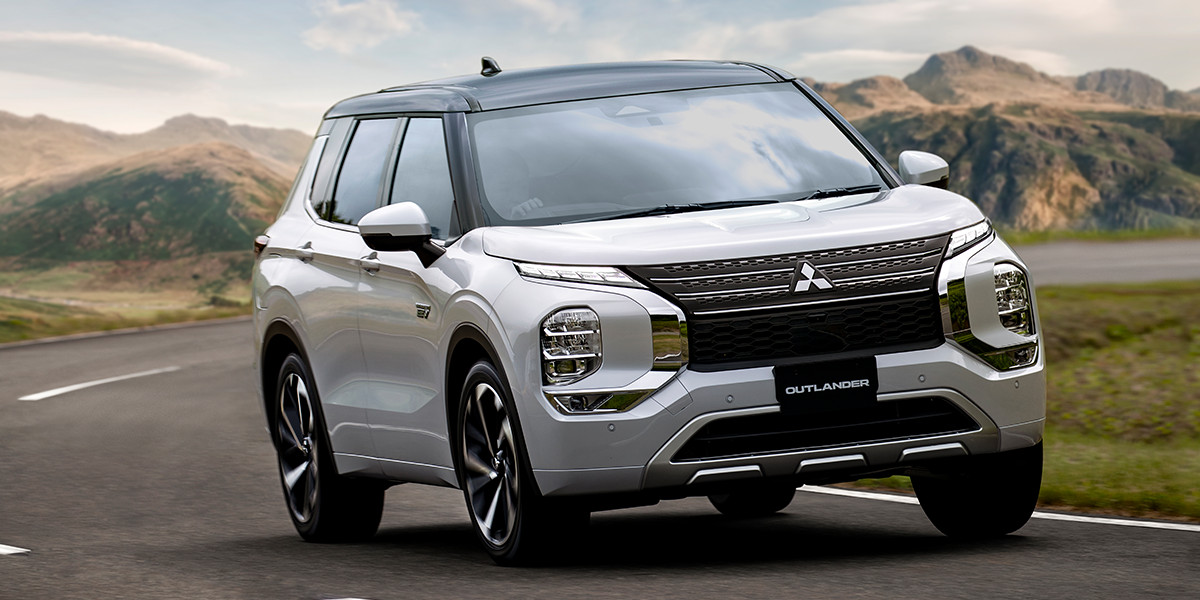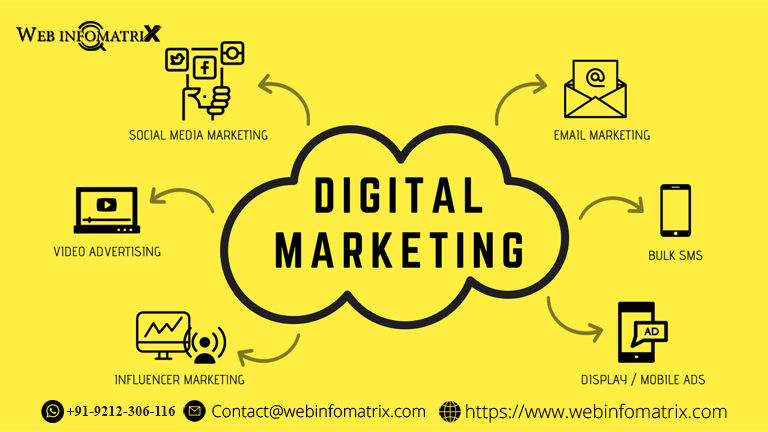In the world of marketing, a brand’s narrative is one of the most powerful tools in building customer loyalty, fostering brand recognition, and generating long-term success. But while logos, slogans, and taglines are often emphasized, mascots can be an equally influential aspect of a brand's identity. From classic icons like the Geico Gecko to McDonald's Ronald McDonald, mascots embody brand values, make them relatable, and strengthen brand recall. In this blog, we will explore the role of mascots in creating powerful brand narratives and how they enhance the brand image.
What is a Brand Mascot?
A brand mascot is a character, either human or non-human, used by companies to personify their brand identity. These characters often become the face of the company, communicating values and messages in an engaging and memorable way. Unlike logos and slogans, mascots have the ability to evolve into beloved characters that resonate with audiences across generations.
Mascots are diverse; they can be funny, serious, animated, or lifelike. Whether it’s a lively animal, a humorous cartoon, or a character inspired by human traits, mascots bring a human element to a brand, allowing for storytelling that taps into consumers’ emotions.
The Evolution of Brand Mascots
Brand mascots date back to the early days of marketing, with some of the first instances appearing in the early 1900s. Initially used in print ads, they were designed to captivate the audience’s attention in a cluttered marketplace. Over time, with the evolution of technology, mascots moved from print to television and digital platforms, gaining prominence in commercials, websites, and social media channels.
For instance, in 1933, the Michelin Man made his debut, representing the tire brand Michelin with his plump, resilient physique. Over the decades, the Michelin Man has undergone transformations to stay modern, but he continues to symbolize the brand’s values of safety and reliability.
This transformation highlights how a well-developed mascot can become a timeless symbol of a brand’s values. By evolving alongside the company and adjusting to modern trends, mascots have the unique ability to transcend generations while maintaining core brand elements.
How Mascots Amplify Brand Narratives
A strong brand narrative allows consumers to connect emotionally with a company. Mascots are central in amplifying these narratives by providing a visual and emotional anchor. They allow companies to humanize their stories, communicate messages more effectively, and create memorable touchpoints that stay with consumers.
1. Humanizing the Brand
One of the main advantages of a mascot is its ability to humanize a brand. Mascots bridge the gap between the corporate identity of a business and its target audience. When a mascot embodies traits like kindness, humor, or wisdom, it evokes positive feelings and makes the brand more approachable.
For example, the Geico Gecko is a mascot that delivers humor while promoting the company’s core message—offering affordable car insurance in a lighthearted and memorable way. His distinct personality has helped Geico stand out in a competitive market.
Mascots can also embody the values of a brand, providing a physical form to represent abstract qualities such as trust, loyalty, or innovation. Whether it’s a fearless lion symbolizing courage or a wise owl representing knowledge, mascots communicate these brand values effortlessly, enabling brands to connect on a deeper level with their target audience.
2. Strengthening Brand Recognition
Mascots are memorable because they stand out. While logos and names are important, people tend to remember characters and faces more easily. A well-designed mascot not only grabs attention but also stays in the minds of consumers. Over time, this constant recognition becomes a powerful marketing tool.
One famous example is Tony the Tiger, the mascot for Kellogg's Frosted Flakes. Introduced in the early 1950s, Tony has remained a central figure in the brand's advertising campaigns. His signature line, “They’re grrrreat!” is instantly recognizable, and his strong, friendly persona has become synonymous with the brand.
By creating a mascot that resonates with your target market, you build an instantly recognizable character that consumers associate with your brand. This is especially important in today’s fast-paced digital landscape, where consumers are constantly bombarded with content. A memorable mascot ensures your brand stands out and leaves a lasting impression.
3. Creating an Emotional Connection
One of the primary functions of a mascot is to build an emotional connection between a brand and its audience. Since mascots often display human characteristics—such as emotions, personality traits, and relatable experiences—they help brands create a bond with consumers that goes beyond a transactional relationship.
Take Coca-Cola’s polar bears, for instance. These characters are often depicted in heartwarming holiday settings, creating a sense of warmth, nostalgia, and joy. This emotional association strengthens the relationship consumers have with the brand, reinforcing positive memories and experiences.
Mascots are also effective in telling stories, helping to craft a brand narrative that resonates with audiences. Whether the narrative is about fun, adventure, reliability, or innovation, mascots allow brands to convey these themes in ways that are accessible and enjoyable for consumers.
Mascots as Long-Term Marketing Assets
Mascots can serve as long-term marketing assets, providing a consistent element in brand communication. While marketing trends, products, and campaigns may change, a mascot offers a constant anchor that keeps the brand grounded. Over time, mascots evolve into beloved characters that are not just part of the brand but part of the culture.
1. Creating Consistency Across Campaigns
When brands roll out new marketing campaigns, mascots help maintain consistency. They can be integrated into various forms of media—from TV commercials to social media posts—allowing the brand to deliver different messages while staying true to its core identity.
An excellent example of this is M&M’s candy mascots. Each M&M character represents different personalities—whether it’s Red, the sarcastic leader, or Yellow, the optimistic sidekick. These mascots allow M&M’s to deliver diverse messages while maintaining the same overall brand tone.
Mascots create consistency not just in advertising but across multiple touchpoints of the customer journey. Whether on packaging, promotional events, or digital platforms, a well-established mascot ensures that the brand remains recognizable and consistent in the minds of consumers.
2. Encouraging Brand Loyalty
Brands with iconic mascots often enjoy higher customer loyalty. When consumers identify with a mascot, they feel a sense of familiarity and trust with the brand. This connection can translate into long-term loyalty as customers choose to return to a brand they feel emotionally connected to.
For instance, Chester Cheetah, the mascot for Cheetos, has become synonymous with the snack brand. His cool and mischievous personality resonates with fans of all ages, creating a sense of fun and excitement around the product. This positive association encourages repeat purchases, making customers feel like they are part of the brand's community.
Mascots also help brands nurture loyalty by giving them a face that customers can relate to over the years. As mascots become entrenched in pop culture, they build a fan base, which in turn strengthens brand loyalty.
Utilizing Mascots in the Digital Age
With the rise of digital platforms, brands have even more opportunities to leverage mascots in creative ways. Social media, in particular, provides a perfect environment for mascots to engage with audiences on a more personal level.
1. Interactive Engagement on Social Media
Brands are now using mascots to drive engagement on social media platforms. Mascots have the unique ability to participate in conversations, comment on trends, and even interact with customers in real-time. This dynamic engagement fosters a deeper connection with the audience.
For example, the fast-food chain Wendy’s has used its mascot in a clever and witty way on Twitter. The brand’s mascot often tweets humorously and interacts with followers, creating a fun and interactive brand presence online.
By humanizing their social media presence through mascots, brands can create engaging content that appeals to their audience’s emotions, making their marketing more relatable and shareable.
2. Mascots in the Metaverse and Beyond
As technology continues to evolve, mascots are finding new platforms in the digital space, including virtual reality (VR), augmented reality (AR), and the metaverse. Brands like Fortnite and Roblox have pioneered this movement, introducing characters and mascots in virtual worlds, allowing users to interact with them in immersive ways.
As brands explore new frontiers in the digital space, mascots will likely play an increasingly vital role in connecting with younger, tech-savvy audiences. Their versatility and ability to adapt to different platforms make them indispensable assets for brands looking to expand their digital footprint.
Mascots are not just whimsical characters; they are strategic assets that help brands build narratives, foster emotional connections, and create lasting impressions. By humanizing a brand, mascots serve as powerful storytelling tools that resonate with consumers across generations.
Whether you’re building a brand from scratch or looking to refresh your marketing strategy, consider the lasting impact a mascot can have. With a well-designed mascot, your brand can strengthen its identity, stand out in a competitive market, and create memorable experiences that foster long-term loyalty.























